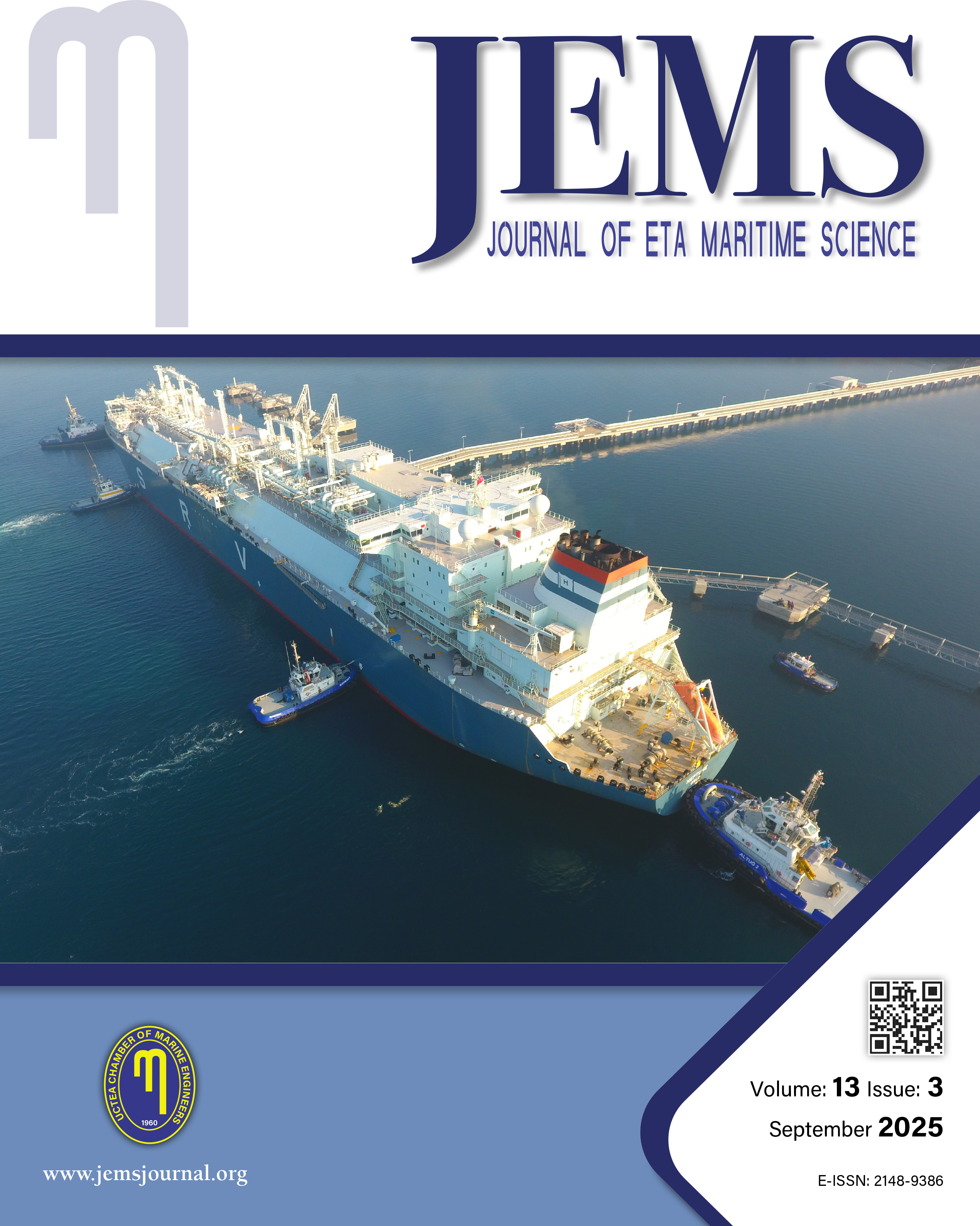

JEMS apply the Creative Commons Attribution NonCommercial 4.0 International Licence to all manuscripts to be published
Prediction of Ship Trajectory and Critical Collision Zone in Sunda Strait Based on Automatic Identification System and Weather Data
Iis Dewi Ratih, Mochammad Reza Habibi, Kanugrahing Christy Sekar ArumInstitut Teknologi Sepuluh Nopember, Department of Business Statistics, Surabaya, IndonesiaIndonesia as the largest maritime country, which dense shipping activities that increase the risk of ship accidents, especially in strategic areas such as the Sunda Strait. Extreme weather, such as storms and strong winds, increases this risk and requires special attention to improve shipping safety. This study aims to identify high-risk areas for ship encounters in the Sunda Strait, known as the Critical Collision Zone (CCZ). The CCZ is determined through ship trajectory prediction analysis using the Bi-GRU method and clustering with the DBSCAN algorithm. Trajectory data is obtained from Automatic Identification System (AIS) information and weather data. AIS data includes the position, speed, and direction of the ship in real time. Its integration with weather data allows for the formation of a more accurate trajectory. After the CCZ is identified, the probability of an encounter is calculated using the Monte Carlo Simulation method. The results show that the weather data-based prediction model performs better in identifying the CCZ, as indicated by lower MAE and MSE values and higher silhouette coefficients. These metrics improve the accuracy of identifying risky areas and estimating the probability of ship encounters in the Sunda Strait.
Keywords: Automatic Identification System (AIS), Critical Collision Zone (CCZ), Ship Encounter, Ship Trajectory, WeatherManuscript Language: English
(588 downloaded)










